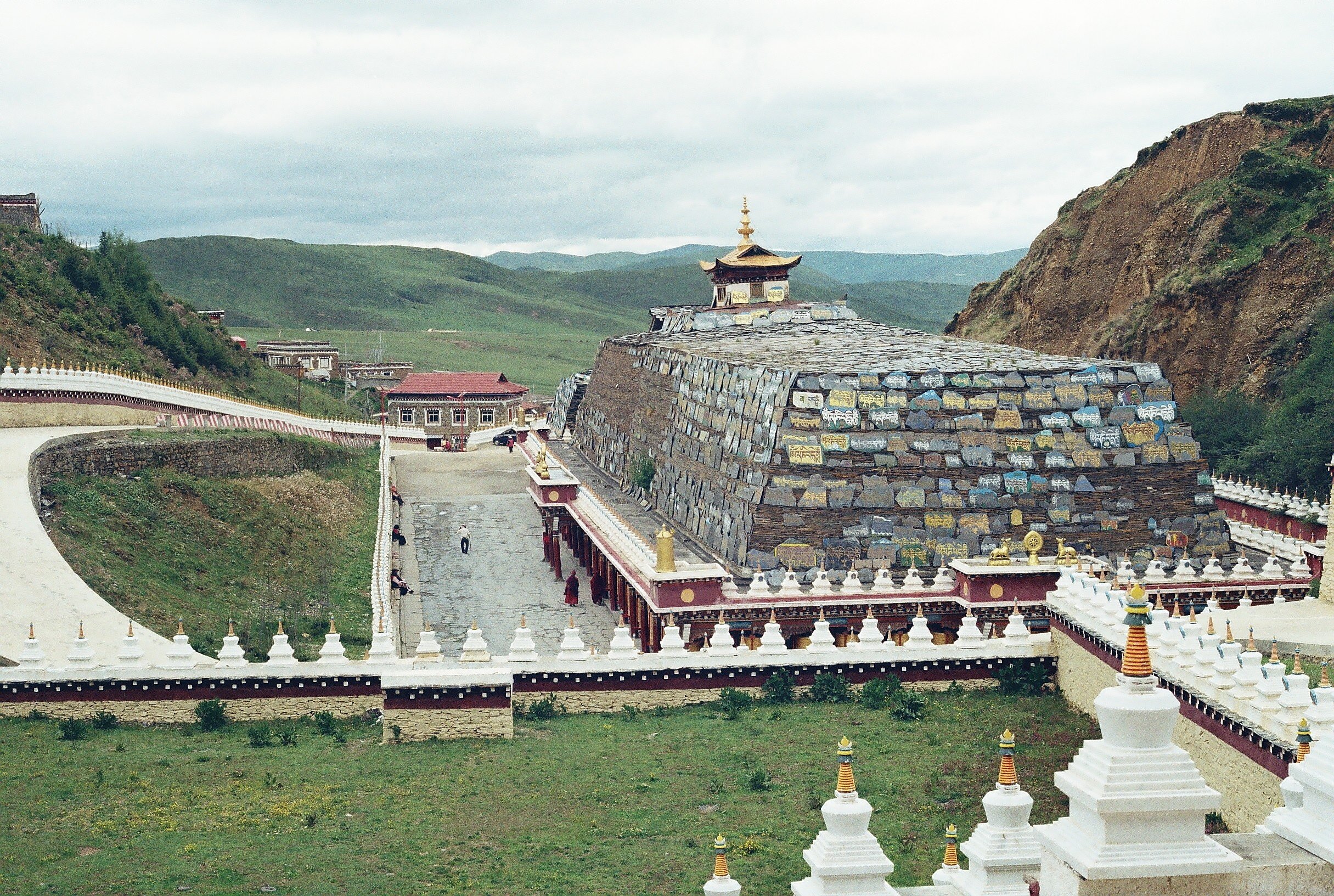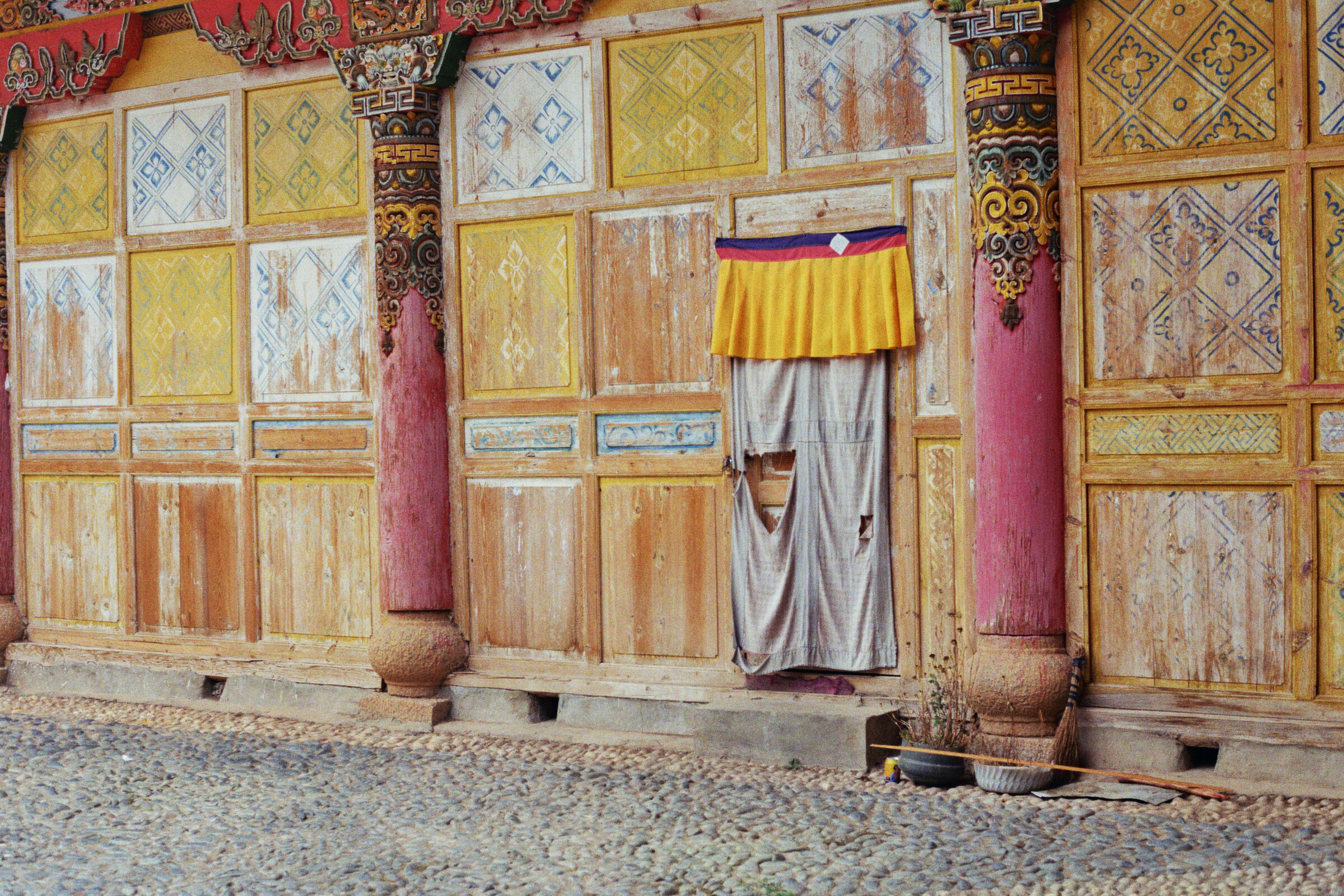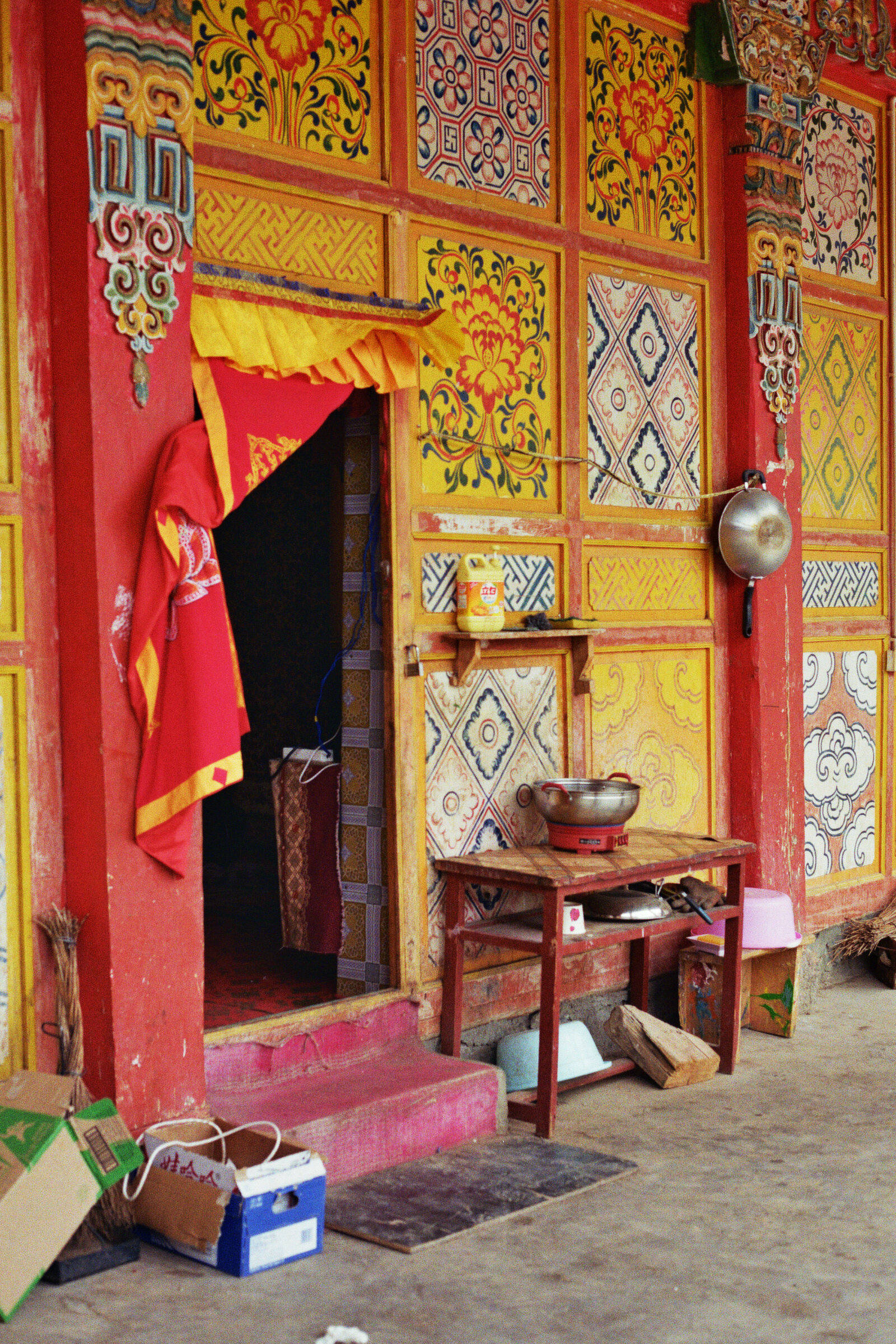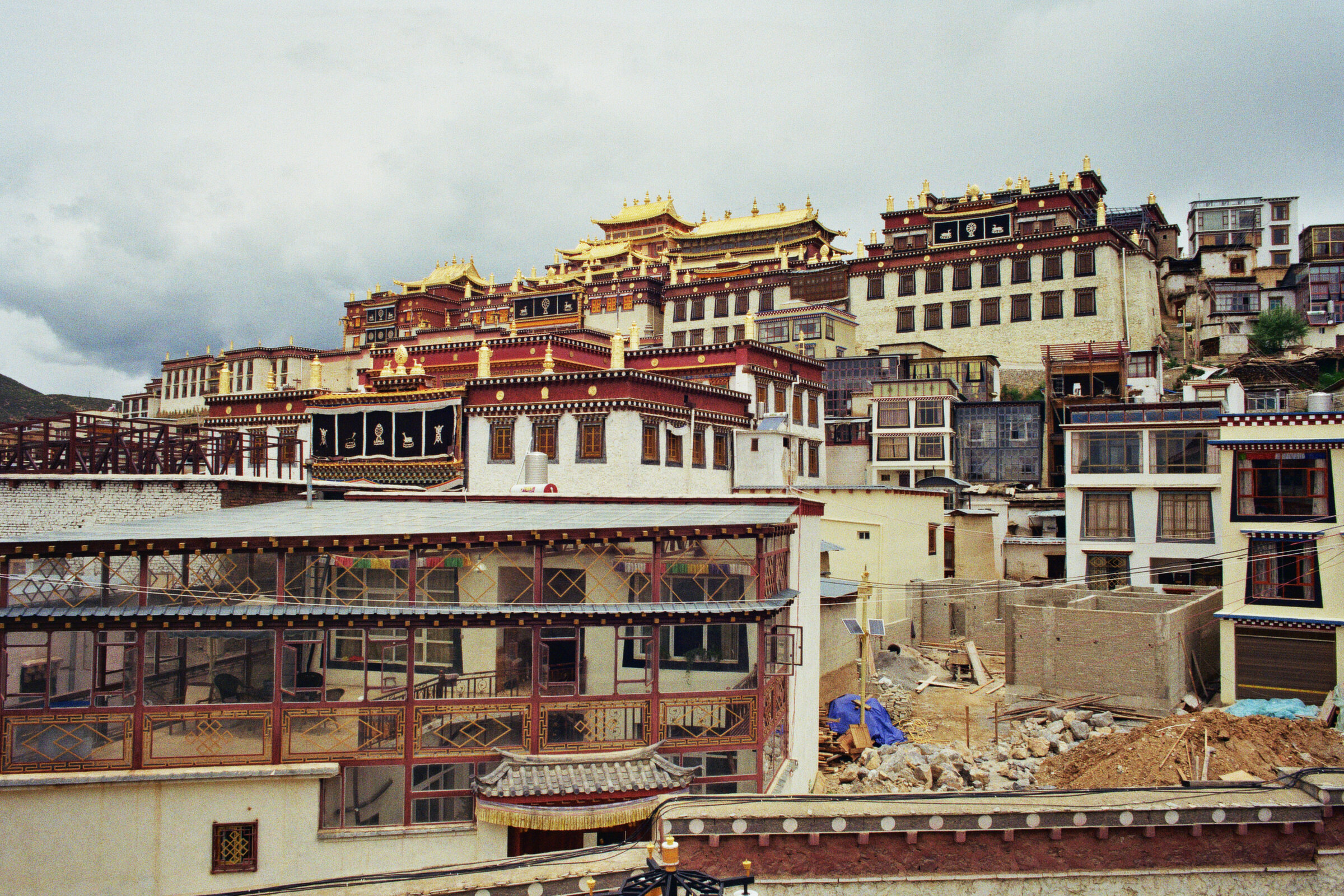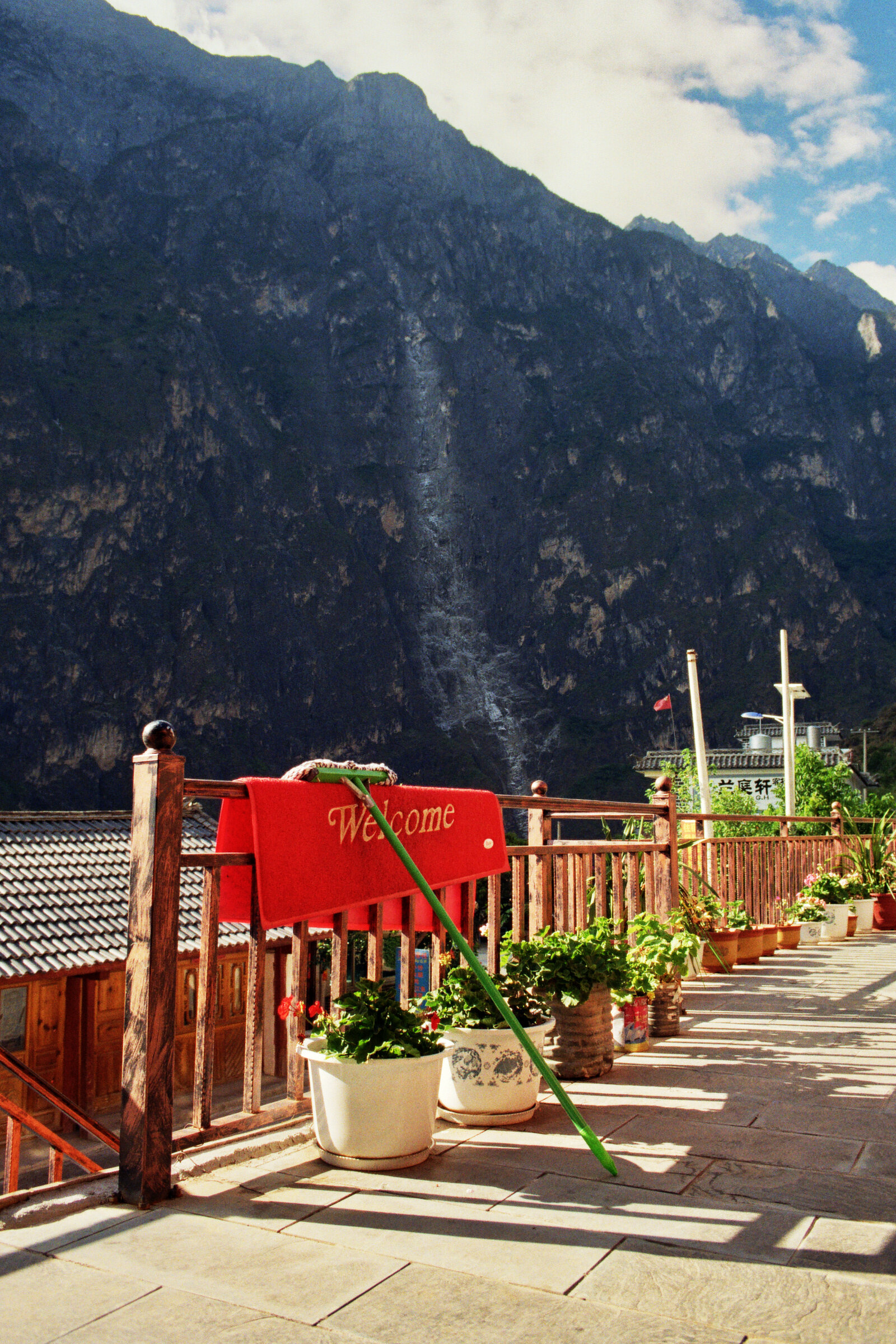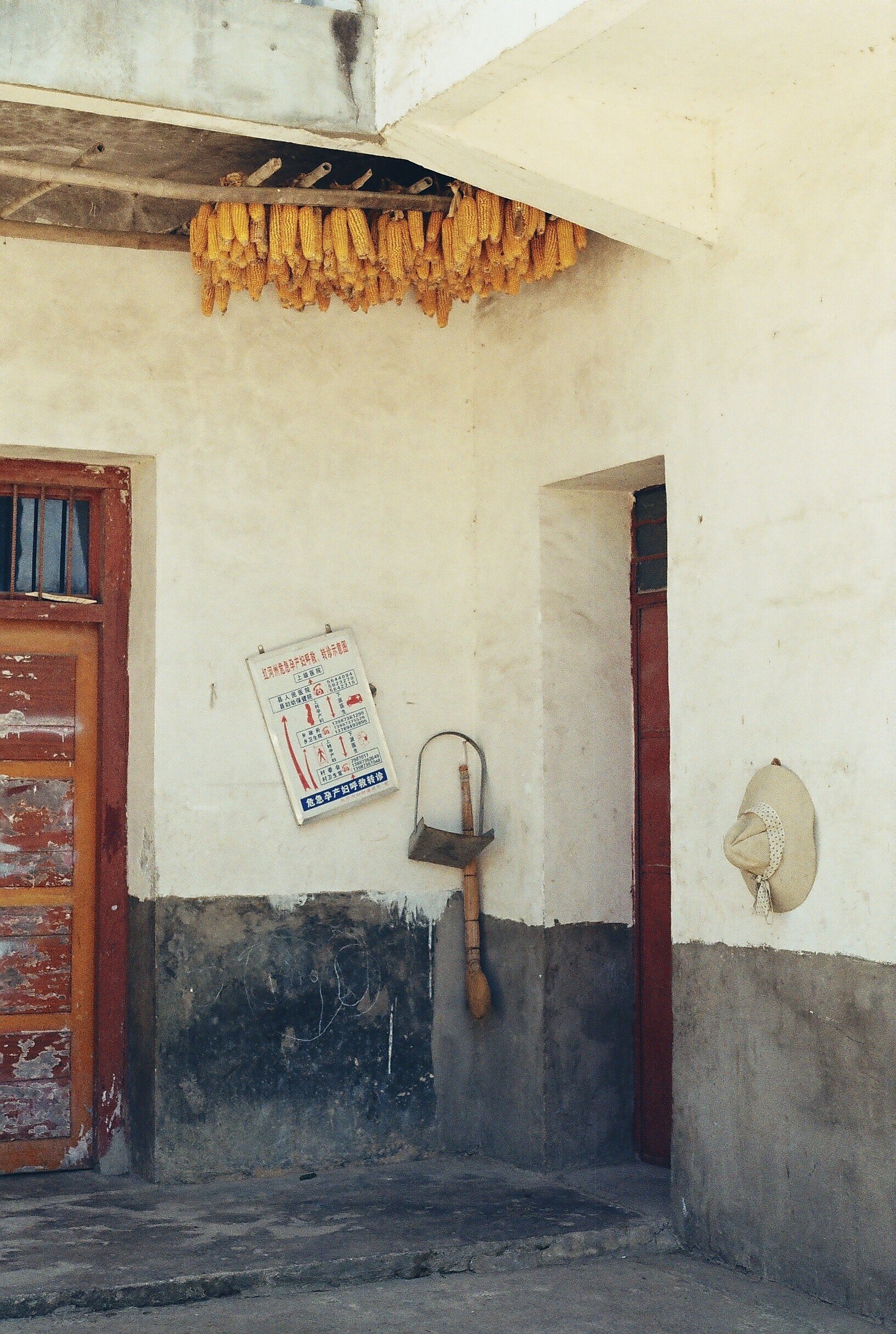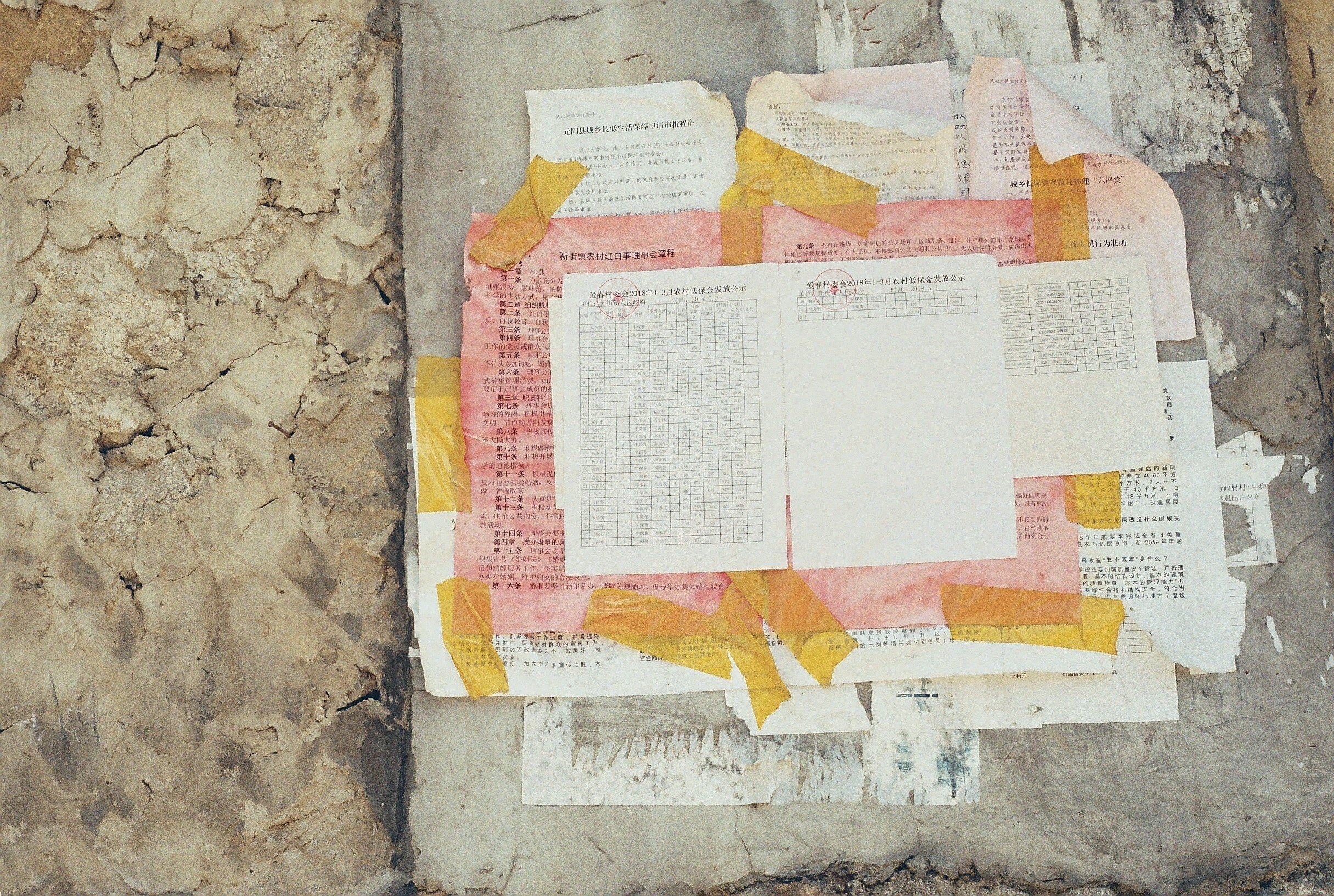The Great Wall, Beijing
China
June 2018
We met some other travellers back on the hike at Tiger Leaping Gorge who told us about a family outside Beijing who were helping people visit a more remote and unrestored section of the Wall. Wanting very much to avoid the crowds that we knew would be thronging the restored parts of the Wall that are easily accessible from Beijing, we jumped at this chance. We arranged to meet the father of the family at a bus stop outside Beijing, and he drove us to his farm where his family gave us an incredible vegetarian home cooked lunch. The father then dropped us off at the start of a trail that led up to the Wall. He equipped us with a tent, sleeping bags and sleeping mats, and we carried our own snacks and water. We hiked up to the crest of a hill with panoramic views and set up our tent directly next to a stretch of the Wall. The Wall follows the tops of hills in this area as far as the eye can see. We had a beautiful evening there enjoying the views and the company of some South African teachers who were also overnighting there. The next day we walked for three or four hours along the Wall until we found the path down that led us back to the family farm. The views of the layers of mountains in all directions were so beautiful, and the Wall itself is an incredible structure and engineering feat.














